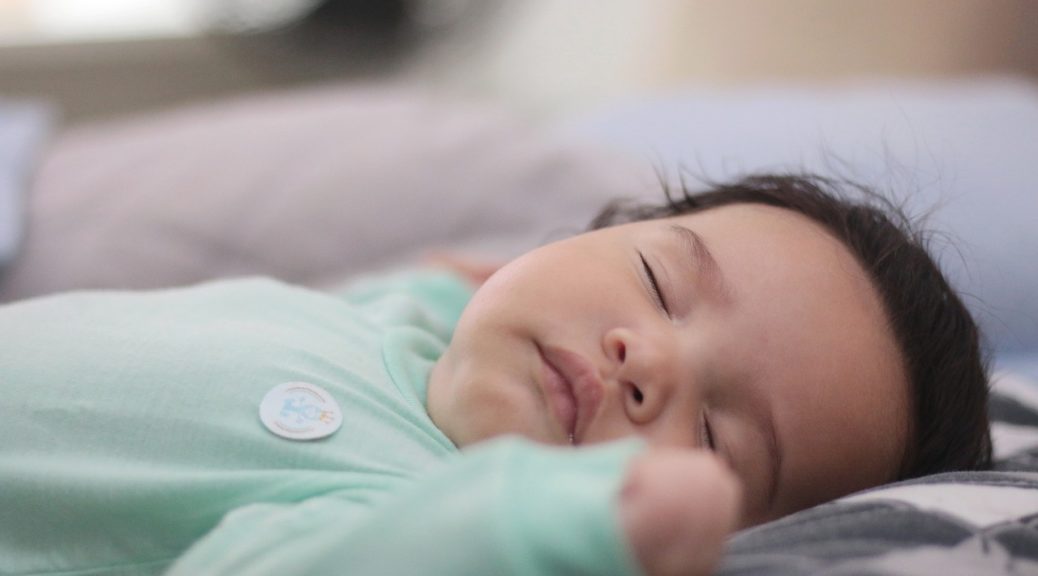
How should a baby sleep in order to be safe?
Much has been written about how to sleep safely with a baby.
Sudden Infant Death Syndrome (SIDS) has been, and continues to be, a major fear for families and professionals alike. SIDS is estimated to have an incidence of between 1 and 4 per 1000 live births.
The epidemiology of SIDS is still unknown, and its diagnosis is reached by ruling out other causes.
Some studies associate how and where the baby sleeps with the increase of this syndrome. For this reason, pediatric scientific societies make recommendations to babies’ families.
These recommendations could be summarized as:
For safe co-sleeping
- Firm and big enough mattress. The mattress should not be deformed by the weight of the other adults and should be large enough for everyone to fit on.
- Never co-sleep on a sofa. The sofa is one of the most unsafe places for co-sleeping, because of the many places where a baby can get trapped.
- Use light quilts or covers. Whatever is used to cover should not be heavy so the baby does not have difficulties moving or breathing.
- Do not overdress the baby. The transmission of heat from the mother’s body and the use of quilts or covers make it unnecessary to use a lot of clothing for the baby.
- Putting the baby to sleep on its back is a priority. This is the most widespread recommendation to avoid SIDS, at least until babies are 9 months old.
- Do not co-sleep if you smoke. Smokers secrete carbon monoxide, which is highly toxic for everyone, but especially for babies.
- Do not co-sleep if you have taken drugs or psychoactive medications that may affect the quality of sleep of adults.
- If there is morbid obesity, it is not advisable to co-sleep with a baby.
- Take precautions to avoid accidents: use handrails and be careful that the baby cannot get stuck in small gaps, such as between the bed and the wall.
- When a baby is formula-fed, co-sleeping is not adviced until 3 months of age.
For the crib:
- The gaps between the bars need to be less than 7 cm to prevent the baby from getting trapped.
- The crib needs to have a firm and perfectly fitting mattress so there are no gaps between the mattress and the railing.
- Do not use any covers, cushions, or protectors on the sides of the crib to avoid the risk of suffocation.
- Do not keep any toys in the crib.
- Do not use a cushion for the baby’s head.
- Caution with mobile type of toys that are fixed above the crib. They must be inaccessible to the baby and well secured.
- Crib bedding should not have any ties or strings.
- The room where the baby sleeps should be ventilated well.
- The crib rail should always be high enough for the baby’s age and height.
- During the first 6 months of life, it is recommended that babies sleep in the same room with an adult.
References
How to Keep Your Sleeping Baby Safe: AAP Policy Explained: https://www.healthychildren.org/English/ages-stages/baby/sleep/Pages/a-parents-guide-to-safe-sleep.aspx
Sánchez Ruiz-Cabello, J. Prevención del síndrome de la muerte súbita del lactante. En Recomendaciones PrevInfad / PAPPS [en línea]. Actualizado enero de 2016. [consultado DD-MM-AAAA]. Disponible en: http://previnfad.aepap.org/recomendacion/muerte-subita-lactante